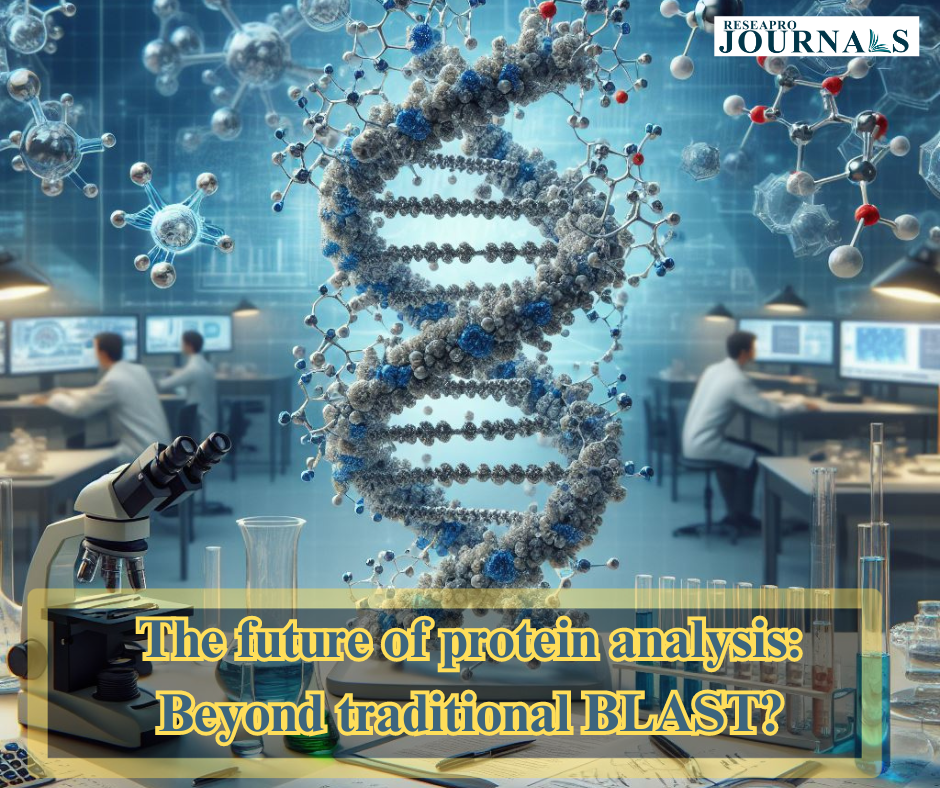The landscape of bioinformatics tools has witnessed significant evolution, raising questions about the relevance of traditional methods such as Protein BLAST. Developed for sequence alignment and similarity searches, Protein BLAST has long been a cornerstone in bioinformatics. However, as the field progresses, the question arises: is Protein BLAST becoming a relic of the past?
Body:
Advancements in bioinformatics have introduced novel algorithms and tools with enhanced capabilities, challenging the dominance of Protein BLAST. Modern approaches offer improved sensitivity, specificity, and speed, catering to the escalating demands of genomic research. While Protein BLAST remains valuable for certain applications, its limitations in handling large-scale data and complex analyses are increasingly apparent.
The emergence of cloud-based solutions and machine learning algorithms has further diversified the bioinformatics toolkit, providing researchers with alternatives that surpass the capabilities of traditional methods. The need for more sophisticated analyses, such as structural and functional predictions, has fueled the adoption of newer platforms.
Conclusion:
The fate of Protein BLAST hangs in the balance. While still relevant for specific tasks, its utility may diminish in the face of rapid technological strides. Researchers must weigh the advantages of traditional familiarity against the evolving landscape, choosing tools that align with the complexity and scale of their genomic inquiries.




